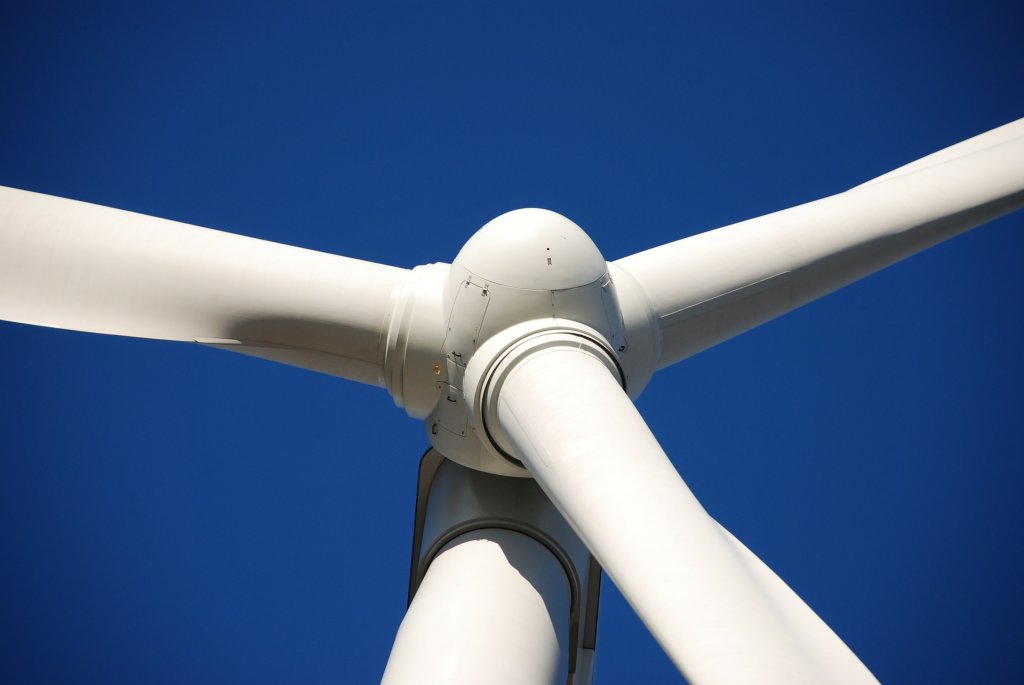Wind Turbine Noise is NOT Damaging to Health
From the Labs to the Clinics
Renowned auditory researcher Dr. Robert Harrison brings us up to date on information and research from the Labs. Appropriately titled “From the Labs to the Clinics”, Bob is involved in laboratory and applied/clinical research, including evoked potential and otoacoustic emission studies and behavioural studies of speech and language development in children with cochlear implants. For a little insight into Bob’s interests outside the lab and the clinic, we invite you to climb aboard Bob’s Garden Railway.

I have written about wind turbine noise before in my Canadian Audiologist column. I write again because it is an important issue that audiologists should become familiar with, and it is presently “top of my mind.”
With global warming, and the Paris Accord to reduce greenhouse gas emissions, green energy is an important option. Solar energy, hydroelectric power, and wind turbines will feature more and more prominently as our future sources of electricity supply.
However, again and again, the opposition is raised against the establishment of wind farms. Some residents just don't want wind farms established near them (yes, NIMBY). There are many arguments raised about the negative effects of wind turbines, some suggest that birds and bats are killed by collision with turbine blades. Some suggest that blade shadow flicker can be a nuisance or even a health problem, and most importantly some suggest that turbine noise is bad for your health.
I have recently been involved (e.g., in Israel) in debates about supposed adverse health effects of wind turbine noise. I have a certain level of expertise in this area having been one of a ten-member expert panel on this subject, set up by the Council of Canadian Academies at the request of the Canadian Minister of Health. The panel consisted of engineers, audiologists, occupational health experts, and scientists. We called the final document “Understanding the Evidence.” For full documentation see the link below.
Essentially our panel carried out a meta-analysis (systematic review) of the available evidence relating to possible health effects of wind turbine noise. In short, there are no adverse health effects other than annoyance. Our conclusions from the highest evidence levels were similar to other systematic or "scoping" reviews that are published.
There are a few important points to remember. First, almost everywhere in the industrialized world, and in most developing countries, the placement of wind turbines is highly regulated. There are minimum setbacks that specify allowed distances of turbines from homes (typically 0.5 to 1.0 Km) and there are noise level limits near to homes (typically 45 dBA).
Secondly, over the past 3–4 decades we have, worldwide, almost 400,000 industrial size (0.5 MW and above) turbines and over a million small turbines. Many of these are near to urban areas. There have been no epidemics of illness associated with such installations. If there were serious health effects they would have been very evident by now.
The problem with facing opposition groups is that they are armed with Google search findings, poor quality science and social media tweets (remember even Donald Trump declared that wide turbines cause cancer!). There are too many poorly conducted, biased, low powered, subjective report research papers. It is easy to cherry-pick "evidence" that supports an opinion one way or the other. For this reason, scientists and audiologists should become familiar with the best evidence, as well as critical meta-analyses that carefully review and weight the evidence to reach conclusions.
As hearing health professionals, audiologists should be aware, and be prepared to answer questions about health effects of wind turbine noise. If you want to make a start please feel free to download our Canadian Expert Panel Report on Turbine Noise and Human Health.
https://cca-reports.ca/reports/understanding-the-evidence-wind-turbine-noise/

